The Goal
Build an assistive device that provides a sense of depth perception, via a haptic interface, to a user with a visual impairment in order to provide them with better situational awareness than is available from existing assistive devices.
To be deemed a success the final system must:
- Provide better situational awareness to the user that existing assistive devices, either when used on its own, or in combination with existing assistive devices (like a white cane).
- Operate stand-alone without tethered power or external processing.
- Operate both indoors and outdoors.
- Last at least 20 hours without recharging or switching batteries.
- Weigh less than 500 g.
- Cost less that £150 per device to manufacture in small quantities.
The Plan
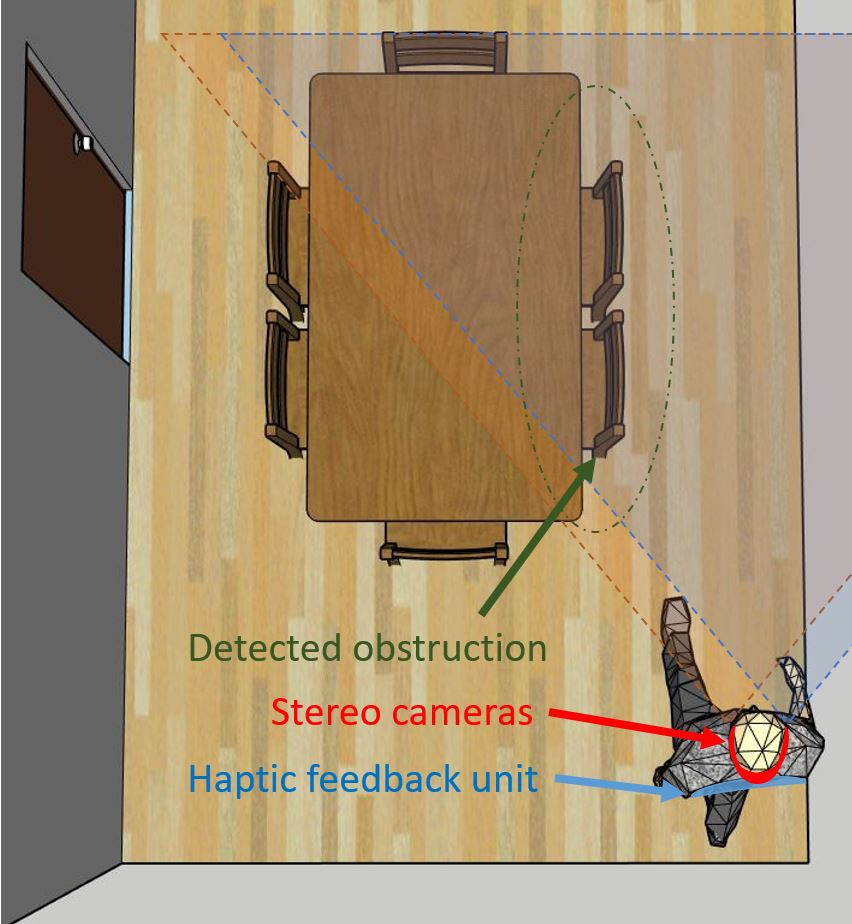
Sensor
Initially the idea was to utilise a low cost radar module such as the K-LC5_V3 from RF Beam Microwave in order to detect depth. However, the basic non-pulsed operation of these radar modules would have made the signal processing for this application excessively complex since there would be multiple static and mobile objects within the field of view of the device.
Two further options would be to use a laser range finder or an ultrasonic distance sensor. However, both these sensors have a narrow field of view and can typically only resolve the distance of one object at a time. This would require the user to constantly move their head to gain situational awareness and smaller obstructions may be missed.
Lidar would be ideally suited to this application, but despite self driving cars continuously driving down the cost, it is still too expensive and cumbersome.
Using two cameras offset slightly from each other (stereo cameras) allows for distance information to be resolved in the same way in which our eyes work. The signal processing required to do this can be complex, but it is a well researched area with plenty of information available online via published papers as well as examples in open source libraries like OpenCV. Additionally the resolution and accuracy requirements in this project are likely to be much lower than most typical applications of stereo cameras as the human-machine interface will be the limiting factor in the information that can be presented to the user. This means simpler, lower performance algorithms can be used. Cameras can be purchased for under £5 and the algorithms to do the depth calculations can be accelerated using a processor aimed at performing DSP, or potentially using an FPGA. One further benefit of using a camera based system is that it leaves open the possibility of performing image recognition to detect features of interest to the user, for example a pedestrian road crossing.
Human computer interface
While an obvious choice would be an audio based interface, this would likely become annoying with extended use. Additionally people with visual impairments can gain significant situational awareness through listening to ambient sounds. Disrupting this would likely lead to a worse situational awareness even if the depth sensing system worked perfectly.
A better option is to use haptic feedback in the form of vibration to alert the user to the presence of obstructions. To be useful the system must allow for providing directional information on where the obstructions are as well as the approximate distance. Additionally the feedback provided to the user should be adapted based on the scenario; for example, if the user is not moving but facing a wall the device should not continuously vibrate warning the user that the wall is there.
We anticipate the majority of the engineering effort to go into designing the human-computer interface.
Stage 1 - Proof of concept
The first stage is all about proving the concept works, getting the team up to speed with the required technologies, and researching the best way to go about the project.
There are a large number of...
Read more » James Gibbard
James Gibbard
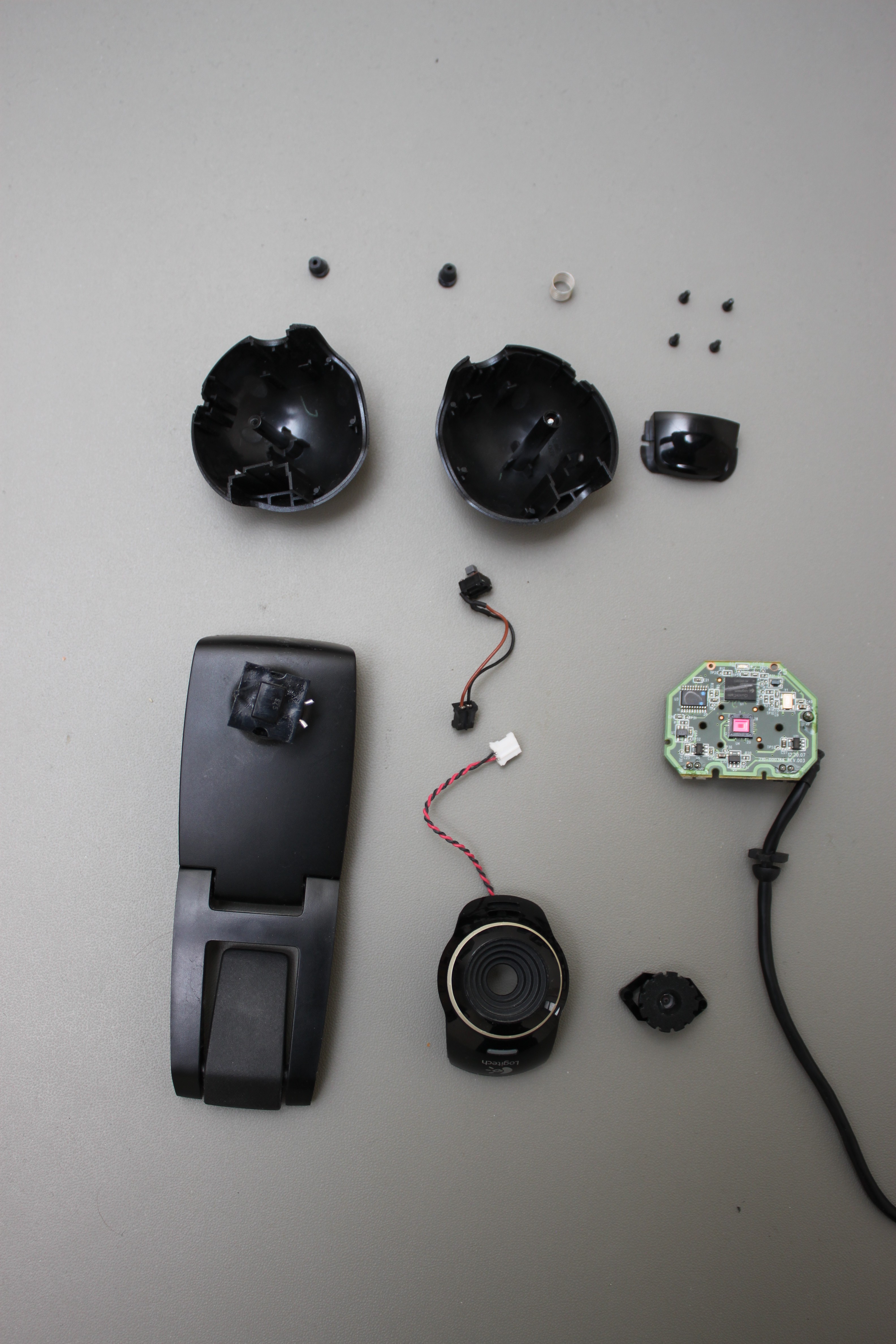


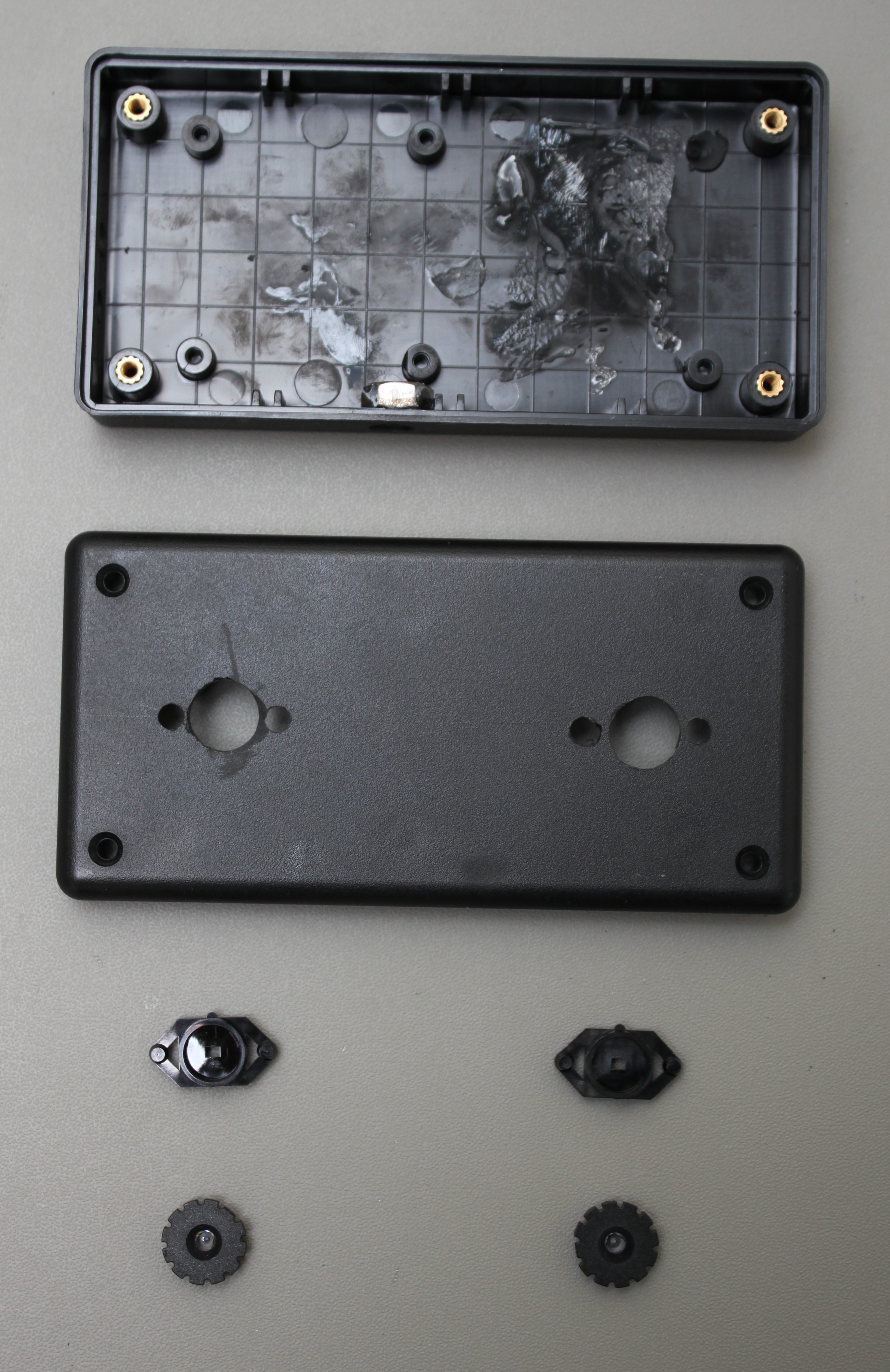

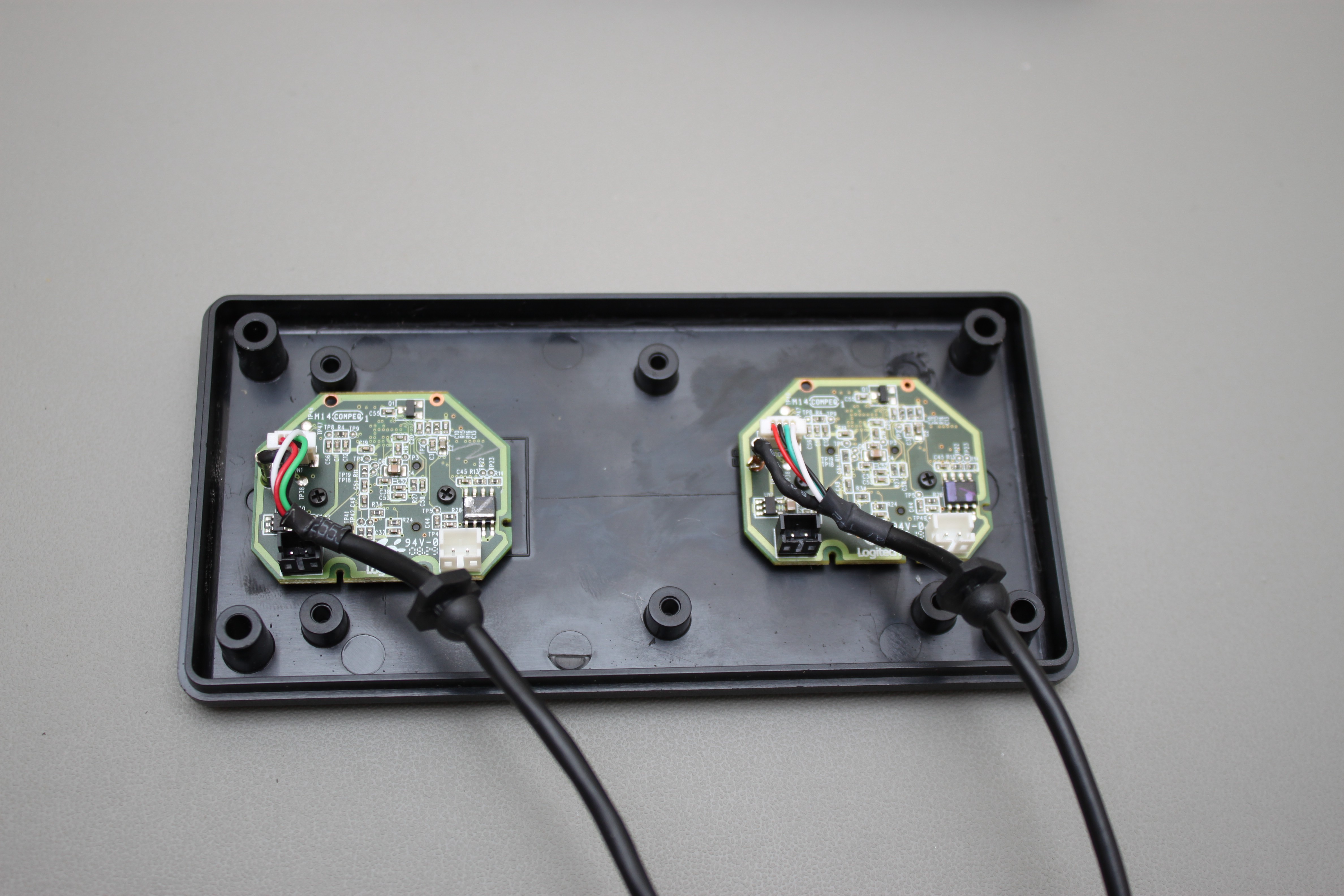
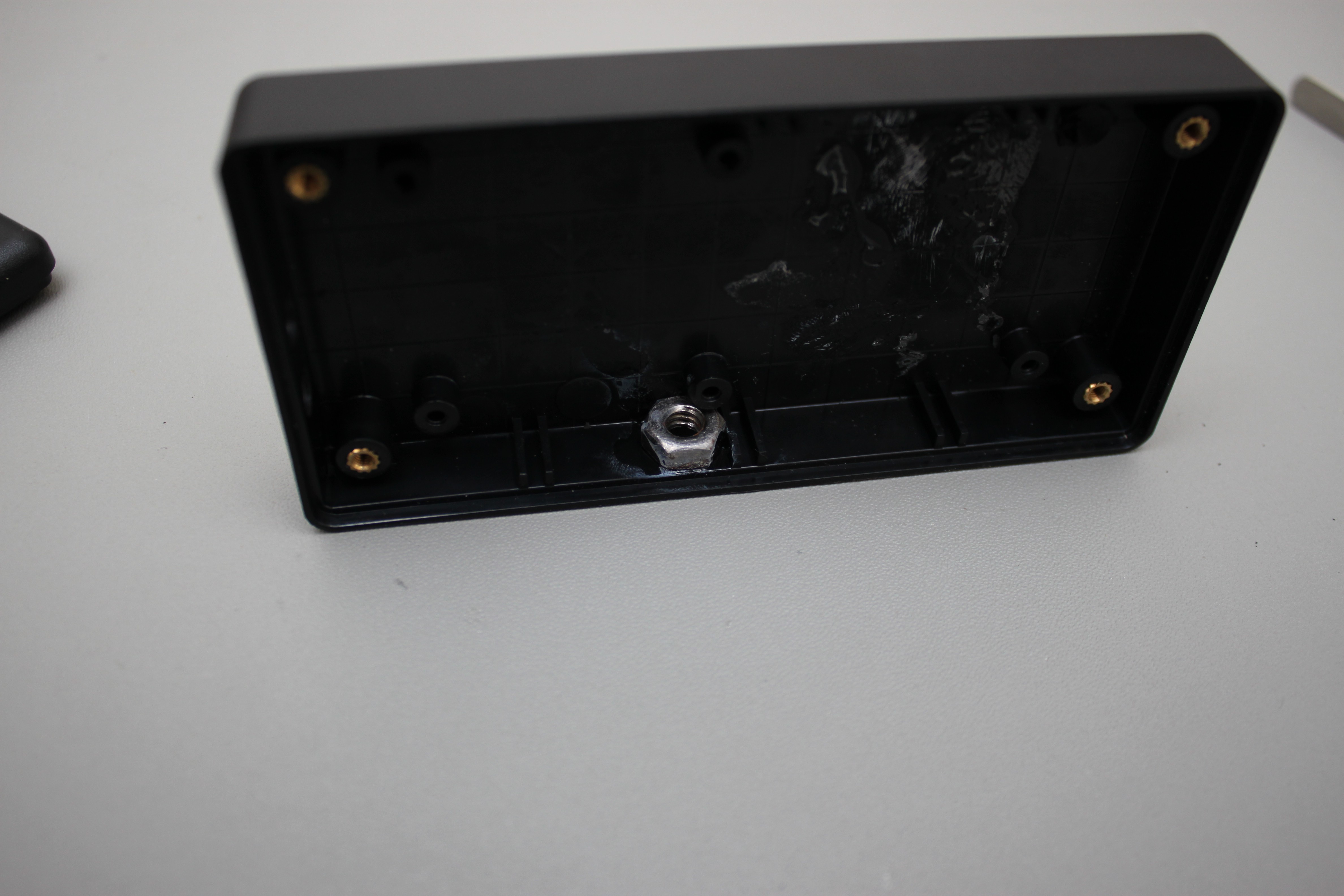

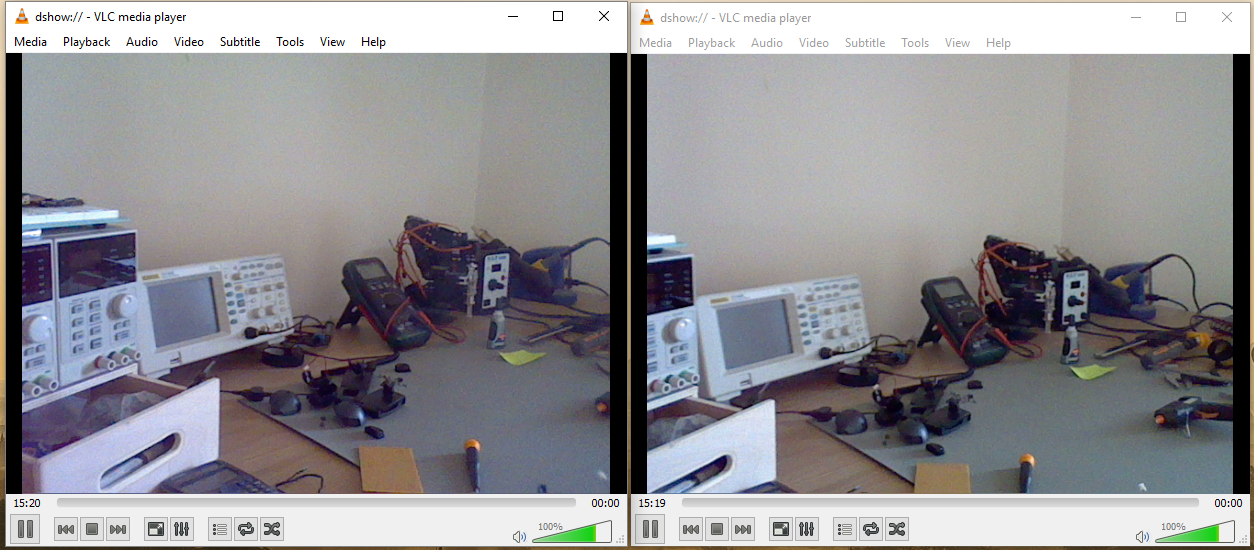

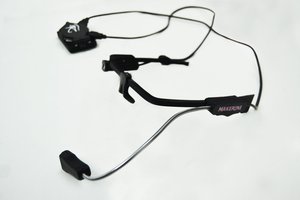
 Makeroni Labs
Makeroni Labs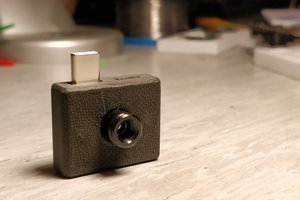
 TheMarpe
TheMarpe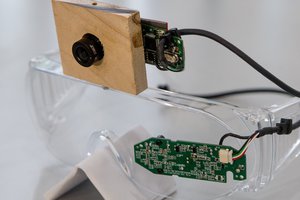
 John Evans
John Evans